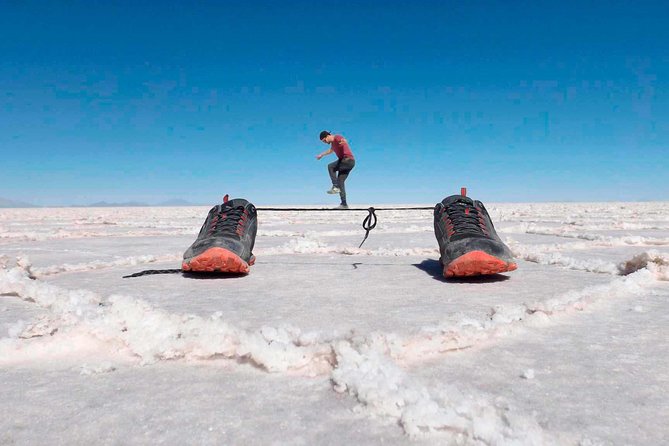1. Salar de Uyuni is the world’s largest salt flat, located in the southwestern part of Bolivia’s Altiplano. It spans over 10,000 square kilometers and is situated at an elevation of about 3,656 meters above sea level. The salt flat was formed when a prehistoric lake dried up, leaving behind a vast expanse of salt and other minerals. It is a popular tourist destination known for its stunning natural beauty and unique landscape.
One of the most fascinating features of Salar de Uyuni is its reflective surface. During the rainy season (November to March), a thin layer of water covers the salt flat, creating a mirror-like effect that reflects the sky and surrounding mountains. This phenomenon has made the salt flat a photographer’s paradise, as it offers incredible opportunities for capturing surreal and breathtaking images.
The salt flat is also home to several islands, such as Incahuasi Island, which is covered in giant cacti and provides panoramic views of the surrounding salt flat. Another attraction is the Train Cemetery, where visitors can see and explore old abandoned trains that were once used for transporting minerals.
2. Salar de Uyuni is accessible to visitors year-round. There are tour operators that offer day trips or multi-day tours to explore the salt flat and its surrounding attractions. It is recommended to book a tour in advance to ensure availability. As for contact information, it is advised to search for tour operators in the area to obtain their specific contact details.
3. Ticket information and transportation options vary depending on the tour operator chosen. Typically, the tour package includes transportation to and from Uyuni, the nearest town, as well as access to the salt flat and other included attractions. Prices can vary, so it is advisable to research different tour operators to compare ticket prices and services offered.









